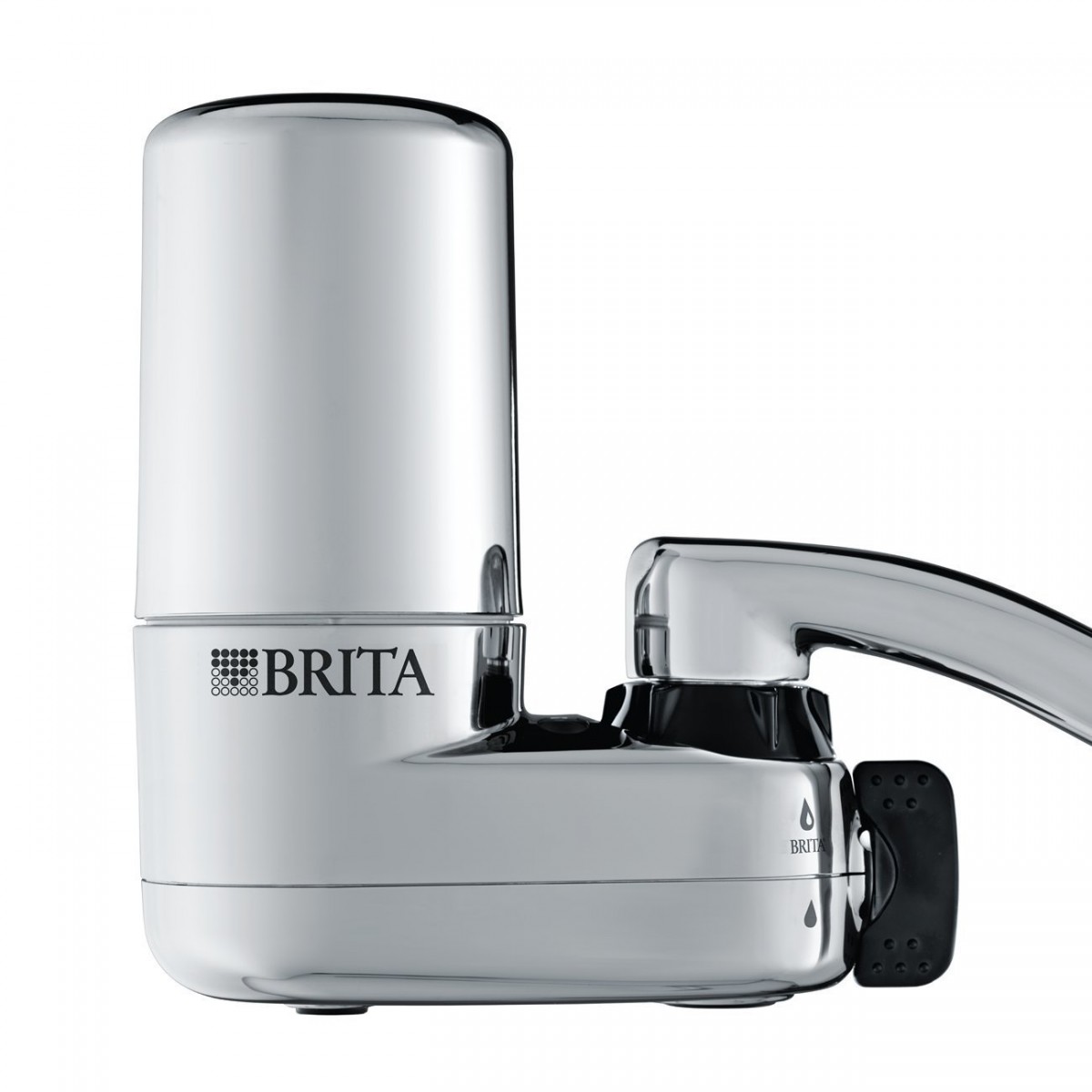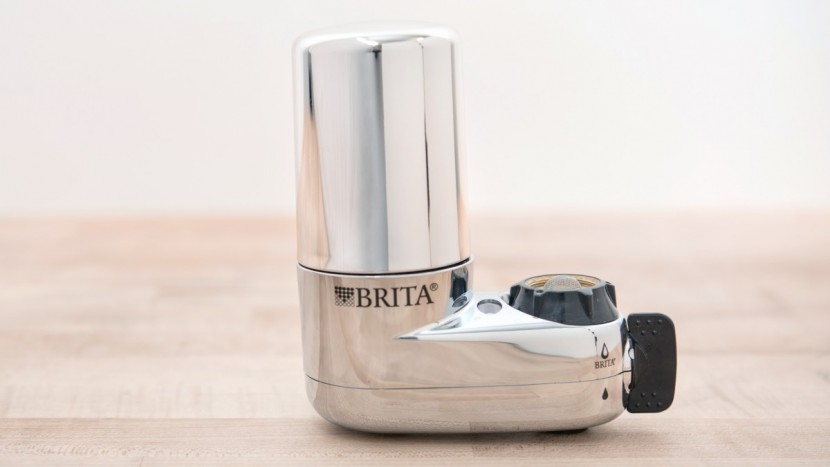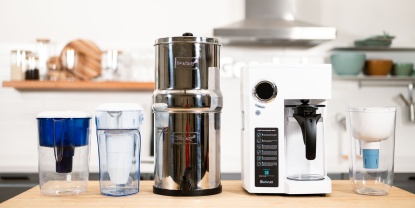Brita SAFF-100 Review
Our Verdict
Our Analysis and Test Results
This filter finished in the middle of the group overall, behind the APEC WFS-1000. However, there was a marked drop in performance between these two filters, with the SAFF-100 scoring almost 20 points lower. However, it is much less expensive and does almost as good of a job at extracting chlorine from the tap water.
Lead Removal
Worth 25% of the overall score, our Lead Removal metric evaluated each water filter on how well it extracted this heavy metal from its supply water. We did this by dissolving lead shavings in peracetic acid, then mixing this into the isolated water supply of our filter testing apparatus. We took samples for the water quality lab of the supply and the water after it had passed through each filter, then scored based on the results, looking at the percentage of lead removed and if the filtered water met the acceptable lead standard as set out by the EPA.
The SAFF-100 did a decent job, earning it a 6 out of 10. While this filter did remove about 97.13% of the lead from the contaminated water, the filtered water still had levels that were a little more than four times higher than the EPA acceptable level, 0.066 ppm to 0.015 ppm. However, our supply water did have extremely high concentrations of lead at 2.3 ppm — much, much higher than these filters should encounter in typical use.
Chlorine Removal
Again, our Chlorine Removal metric constituted a quarter of the overall score for each home water filter. We made two batches of chlorinated water — one with over 1000 ppm and one with between 20-50 ppm — to run through our filters and assess their skills at extracting chlorine. The Brita SAFF-100 actually delivered a great performance in this impurity removal metric, earning a 9 out of 10 for its stellar showing.
This filter did very well with the lower level chlorine test, completing removing all of it to the point where the chlorine test strips would not change color at all. However, some chlorine did sneak through when we ran the highly chlorinated water through it, with the filtered water registering about 10-20 ppm of chlorine remaining after filtration
Salt Removal
This metric tested how well each filter did at removing dissolved salts from the water supply. It also constitutes 25% of the total score, identical to the prior two metrics. The Brita SAFF-100 delivered a dismal performance, earning one of the lowest scores of the entire group. This filter failed to remove essentially any of the salt, with the water showing salt levels around 445 ppm, both before and after filtration.
Taste
For the pair of taste tests, worth 15% of the overall score, we used a panel of taste testers to score and rank the water produced by each filter. They weren't the biggest fan of the water produced by the filter, causing the SAFF-100 to earn a 5 out of 10 for its overall lackluster performance.
Initially, we ran clean water through each filter, to see if our taste testers noticed any unsavory or undesirable flavors added to the water by the filters. Our pane didn't note any distinct additions by the SAFF-100, but it just wasn't quite as crisp and clean-tasting as before it went through the filter.
For the second test, we made some very foul-tasting water by dissolving salt and chlorine bleach into the experimental water supply, then ran this through each filter. The Brita failed to remove all of the contaminants, producing filtered water that was very salty with a slight hint of chlorine, though this was a slight improvement to the exceptionally undrinkable supply water.
Flow
For the last metric of our testing process, we looked at how long it took each filter to fill up a quart container, as no one wants to be standing there for ages to fill up your coffee pot in the morning. This test is responsible for the last 10% of the score, with the Brita SAFF-100 doing a decent job, earning a 5 out of 10.
This filter took about 25 seconds to fill a quart container — about 2.5 times longer than the unimpeded faucet's 9 seconds.
Value
This filter is a decent value, though you can get a better bang for your buck by purchasing other top water filters that cost less and performed better.
Conclusion
While the Brita SAFF-100 is our favorite of the faucet mount filters, we still weren't too impressed by its performance overall, causing us to favor the under the sink or pitcher filters much more.






